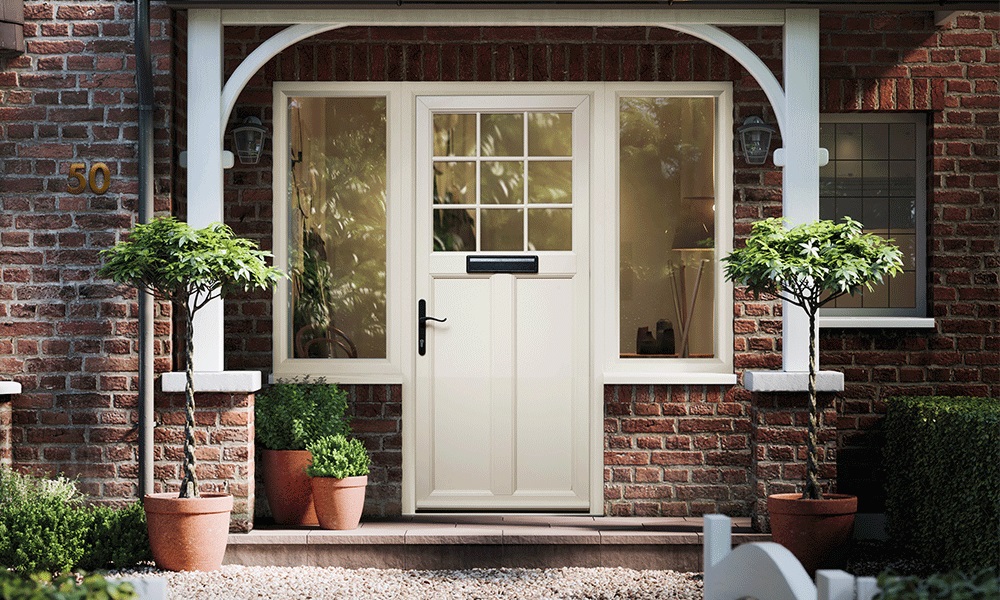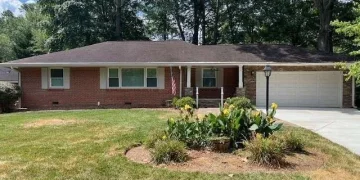How does climate impact living costs in different Idaho regions?

Climate variations across Idaho create substantial differences in living expenses, with some regions experiencing up to 35% higher costs due to weather-related factors. Understanding these climate-driven costs helps explain why the Idaho cost of living varies significantly from north to south.
Northern Idaho: $2,500 annual climate premium
Northern Idaho’s cold, snowy climate adds approximately $2,500 to annual household expenses. Coeur d’Alene residents face winter heating bills averaging $280 monthly from November through March, while snow removal costs range from $600 to $1,200 per season. Home insurance premiums run 30% higher due to snow load risks, and winterising homes each fall costs an average of $800. Average January temperatures of 25°F require homes to run heating systems continuously, while annual snowfall exceeding 50 inches demands regular clearing and specialised equipment. These factors combine to create significant additional expenses for northern Idaho residents.
Southwestern Idaho: $1,800 summer cooling costs
The Boise area’s hot summers push cooling expenses to $1,800 annually. Air conditioning bills reach $300 monthly during June through August, while xeriscaping investments range from $8,000 to $12,000 per property. Water rates increase by 25% during drought restrictions, and UV damage repairs to exterior surfaces average $400 annually. With summer temperatures regularly exceeding 95°F and minimal rainfall, residents invest heavily in cooling systems and water conservation measures to manage climate-related costs.
Mountain regions: $4,200 weather-related expenses
Idaho’s mountain communities face the highest climate costs, averaging $4,200 per household annually. Four-wheel drive vehicles carry a $5,000 premium, while winter tire sets cost $1,000 every three years. Emergency generator systems require $6,000 for installation, and grocery costs run 40% higher due to limited access during winter months. Elevations above 5,000 feet experience temperature extremes from -10°F to 85°F, requiring substantial investments in weather protection and specialised equipment for daily life.
Eastern Idaho: $1,600 agricultural climate costs
The Snake River Plain’s agricultural climate creates specific expenses totalling approximately $1,600 annually. Irrigation costs increase water bills by $800 annually, while wind damage repairs average $1,200 annually. Dust control measures cost $600 yearly, and crop insurance premiums run 20% above the state average. Strong winds averaging 15 mph create unique maintenance challenges for residential and agricultural properties.
Climate-specific utility variations
Monthly utility bills show dramatic regional differences across Idaho. Northern Idaho residents pay winter averages of $380 compared to summer averages of $120, resulting in annual totals around $3,000. Southwestern Idaho sees the opposite pattern, with winter bills averaging $180 and summer bills reaching $340, for similar yearly totals of $3,120. Mountain areas face the highest overall costs at $3,720 annually, with winter averages of $420 and summer averages of $200. Eastern Idaho maintains more balanced seasonal costs, with winter bills at $240 and summer bills at $280, totalling $3,120 annually.
Emergency preparedness costs
Climate-related emergency expenses vary widely across regions. Northern Idaho residents invest approximately $1,500 in generators and snow equipment, while southwestern Idaho households spend about $800 on fire protection and cooling backup systems. Mountain regions require the most comprehensive preparations at $2,000, and eastern Idaho residents allocate around $1,200 for wind and storm protection measures.
Idaho’s climate creates distinct cost patterns across regions, with northern and mountain areas facing the highest weather-related expenses. The state’s diverse climate zones mean careful consideration of weather impacts, which remains essential for managing living costs effectively.














